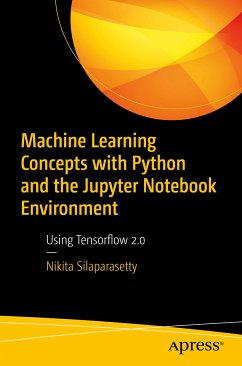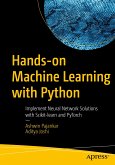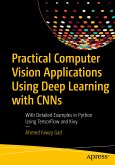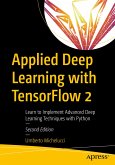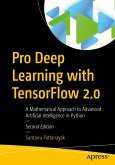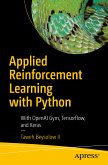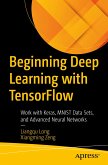¿Understand the fundamental concepts of machine learning with Python and TensorFlow 2.0, within the Jupyter Notebook environment. Even if you're an absolute beginner, develop a strong understanding of the crucial ideas without feeling intimidated by the immensity of the sector.
Start with a gentle introduction to artificial intelligence and machine learning to understand how the field has grown over the years and why it is still relevant. Then learn how the notebook interface has become increasingly popular for writing code-with Jupyter Notebook being preferred to a regular text editor or IDE.
Once these topics have been covered, you'll dive into the TensorFlow 2.0 library. Obtain a good understanding of what TensorFlow is, and how it has improved from its initial release. You'll be able to compare the two versions in a theoretical as well as practical way, and you'll go through the procedure required to convert code from TensorFlow 1.0 to TensorFlow 2.0.
Finally, you will work through projects that use TensorFlow 2.0 with Python and the Jupyter Notebook to help build your own neural networks for deep learning. This will enable you to put everything that you have learned from the book into practice. Each project is given in a step-by-step format for better comprehension.
Dieser Download kann aus rechtlichen Gründen nur mit Rechnungsadresse in A, B, BG, CY, CZ, D, DK, EW, E, FIN, F, GR, HR, H, IRL, I, LT, L, LR, M, NL, PL, P, R, S, SLO, SK ausgeliefert werden.
Hinweis: Dieser Artikel kann nur an eine deutsche Lieferadresse ausgeliefert werden.

